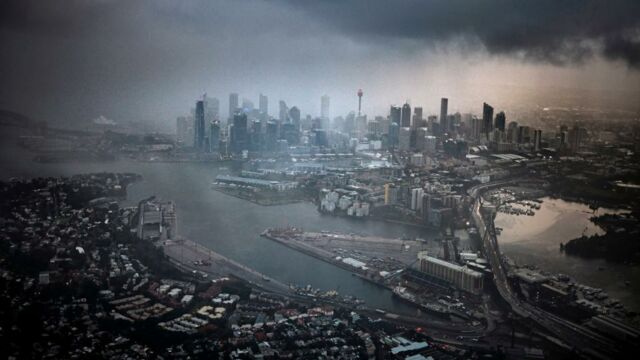Rainwater no longer fit for drinking, this is the shocking reason why

A new Swedish study has warned that rainwater is no longer fit for human consumption, which could be disastorous for the future.
For decades, scientists have been warning about future environmental conditions. Rising temperatures, massive deforestation, threatened flora and fauna and melting glaciers. This does not look very optimistic. But the picture could become even darker with another new factor: polluted rainwater. Astudy by the University of Stockholm has looked into the drinkability of rainwater.
Discover our latest podcast
Polluted rainwater
Ian Cousins, professor of environmental science and author of the Swedish university's study, was undoubtedly surprised to learn of the results of the experiments. After analysing rainwater in Antarctica and at the top of the Himalayas in Tibet since 2010, he realised the big problem.
More under this adMore under this adRainwater almost everywhere on Earth has unsafe levels of ‘forever chemicals’, according to new research.
— Euronews Green (@euronewsgreen) August 9, 2022
How has this happened and what’s the fallout? 🧵
The level of PFAS (Per- and PolyFluoroAlkyl Substances) was much higher than the standards for its drinkability anywhere on the earth, even in these regions where human activities are almost non-existent. As per BBC:
More under this adMore under this adRainwater in most places on the planet contains levels of chemicals that far exceed safe levels.
The everlasting chemicals
But what are PFAS? The French National Food Safety Agency (Anses) explains them as 'eternal chemicals', as they are not broken down easily:
More under this adMore under this adPer- and polyfluoroalkylated substances, also known as PFAS, are a large family of more than 4000 chemical compounds.
In short, these are substances that are found in various sectors (food packaging, non-stick coatings, cosmetics, plant protection products) and that can end up in the water. The head of the Swedish study was alarmed by these results, as reported by the BBC:
We are arguing here that we are no longer in that safe operating space because we now have these chemicals everywhere, and these safety advisories, we can't reach them anymore (...) I'm not saying that we are all going to die from these effects. But we are at a stage where it is impossible to live anywhere on the planet and be sure that the environment is safe.More under this adMore under this ad
This article was translated from Gentside FR.
Read more:
⋙ Climate change: A tiny marine predator that could help fight climate change has been discovered
⋙ This is what 'forever chemicals' found in fast-food wrappers do to your body
⋙ Global warming: How does night-time heat reduce our sleep time?